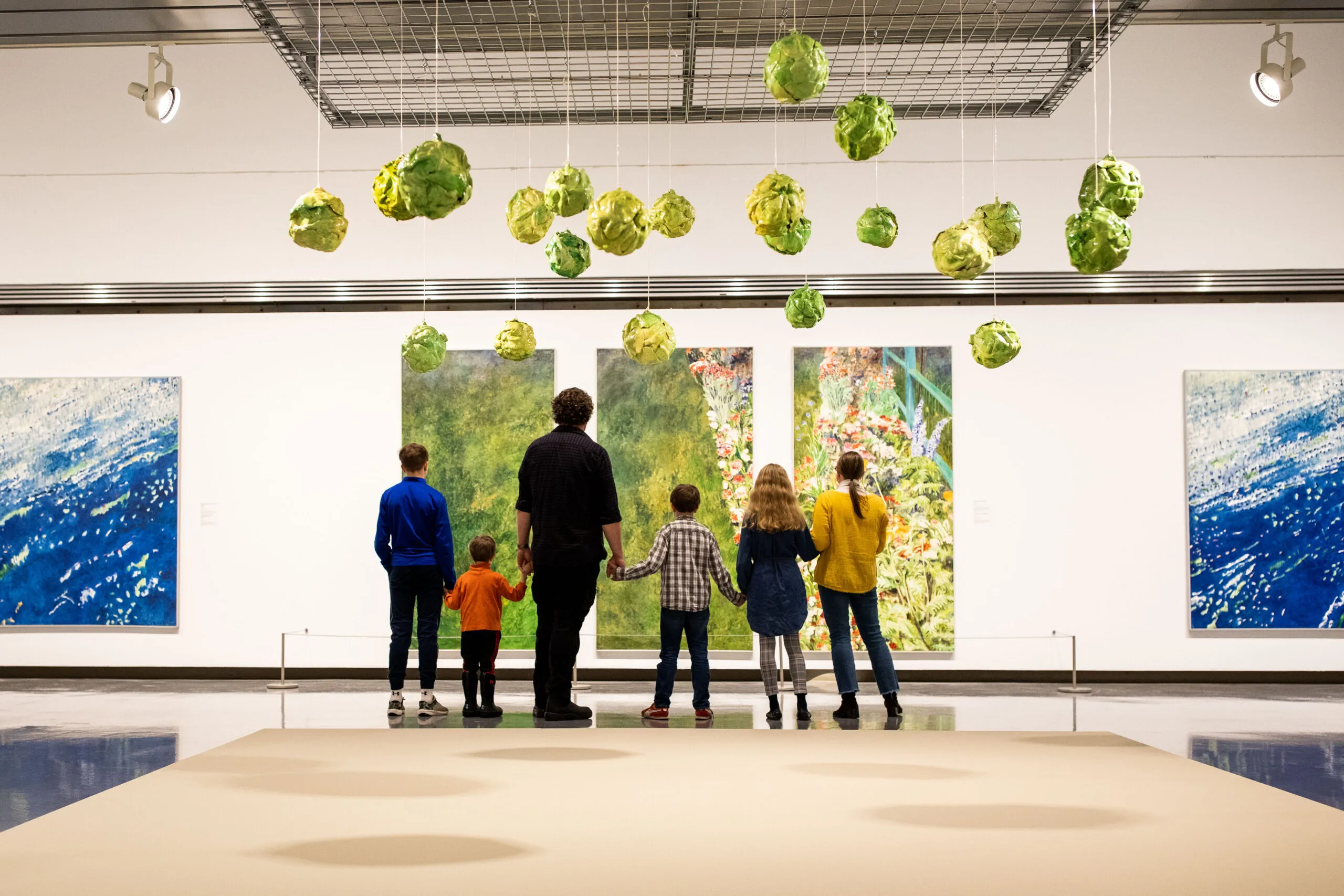Dig In offers a look back at the different ways Londoners and their neighbours relate to the earth around them.
We, as a society, like to garden. We landscape our properties, arrange containers on patios and transform vacant lots into community gardens. Yet in much of North America, we have become accustomed to buying our produce at large grocery stores that offer foods grown all over the world.
During both World War One and World War Two, Canada, along with the United States, Great Britain and Germany, developed successful campaigns to encourage ordinary citizens to grow their own produce and reduce the pressure on the rationed food supply. By the end of 1943 there were over 200,000 “victory gardens” in Canada. Urban farming existed before and between the wars and has continued to wax and wane in popularity. These days, with energy and food prices on the rise, the development of the slow food movement, and the popularity of local produce and heirloom varieties, the backyard garden is sprouting again. Dig In offers a look back at the different ways Londoners and their neighbours relate to the earth around them.
